-
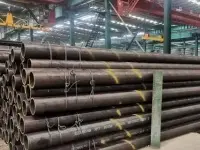
X46Q seamless steel pipe is a high-strength, high-toughness steel pipe material that is widely used in petroleum, natural gas, chemical industry, electric power and other industrial fields. Its emergence has provided strong support for the development of modern industry and has become an indispensable and important material in the industrial field.
-
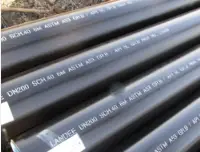
ASTM A53 ASTM A53 (also known as ASME SA53 pipe) is a carbon steel alloy that can be used as structural steel or low-pressure piping, and is also suitable for general purposes in steam, water, gas and air piping.
-
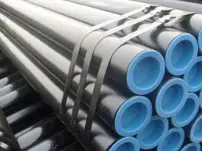
API 5L covers seamless and welded steel line pipe. This is a steel pipe used in pipeline transportation systems in the oil and gas industry. API 5L is suitable for conveying gas, water and oil.
-
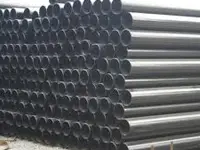
GB 3087-1999 Seamless steel pipes for low and medium pressure boilers
GB 3089-1982 Stainless acid-resistant steel extremely thin-walled seamless steel pipe
GB/T 3090-2000 Stainless steel small diameter seamless steel pipe
GB/T 3091-1993 Galvanized welded steel pipes for low-pressure fluid transportation
GB/T 3091-2001 Welded steel pipes for low-pressure fluid transportation
-
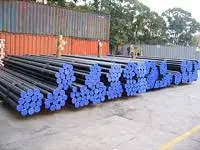
Ordinary steel pipe grades: DN15, DN20, DN25, DN32, DN40, DN50, DN70, DN80, DN100, DN125, DN150, DN200...
-
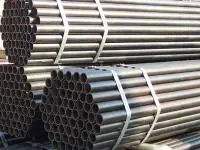
Ordinary steel pipe grades: DN15, DN20, DN25, DN32, DN40, DN50, DN70, DN80, DN100, DN125, DN150, DN200...
-
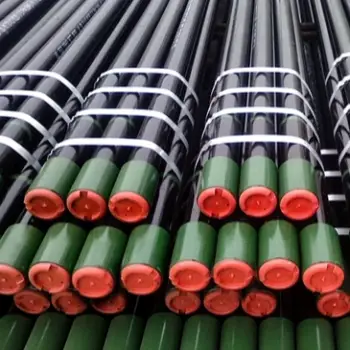
OCTG stands for Oil Country Tubular Goods, and it refers to a family of seamless and welded steel products used in the oil and gas industry. These products are primarily used in drilling and well completion operations. Here's a comprehensive guide to OCTG
-
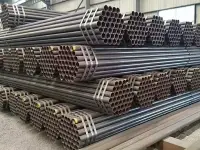
ERW (Electric Resistance Welding) is a common method used to manufacture steel pipes, including ERW steel pipes. The process involves the use of electrical current to heat the edges of the steel strip or coil to a point where they can be fused together. Below are the key steps in the ERW steel pipe welding process.
-
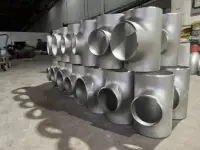
Manufacturing stainless steel equal tees involves several methods depending on the type of tee and the desired specifications. One common method is through hot forming or cold forming processes. Today, United Steel Industry will talk about the general processing methods for creating stainless steel equal tees.
-
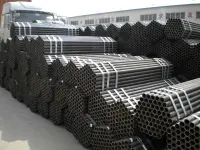
Welded steel pipes are cylindrical products crafted from flat sheets, known as "blanks," which are shaped, bent, and readied for the welding process. The manufacturing of welded steel pipes is characterized by its straightforward production process, resulting in high efficiency, a wide range of available specifications, and the utilization of minimal equipment.
Welded steel pipes come in various types, each designed for specific applications based on their properties, dimensions, and intended use. Here are different types of welded steel pipes categorized by their common applications.
-
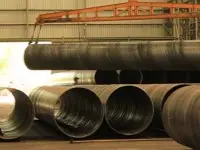
Welded steel pipes, also known as seamed steel pipes, are created by taking pipe blanks (comprising steel plates and steel strips) and shaping them into pipes with the desired cross-sectional dimensions using various forming techniques. Subsequently, the seams are welded together using various welding methods. In contrast to seamless steel pipes, welded steel pipes offer advantages such as enhanced product precision, particularly in terms of wall thickness, utilization of uncomplicated primary equipment, minimal floor space requirements, the ability to maintain continuous production, flexibility in manufacturing, and a broad spectrum of unit product options.
-
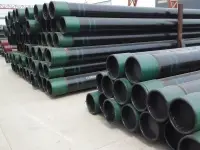
Oil casing collapse is a common form of oil casing damage. Therefore, the anti-collapse performance of oil casing has always been the focus of attention. Improving the collapse resistance of oil casing pipes is crucial for ensuring the integrity and safety of oil wells. Collapse resistance is the ability of the casing pipe to withstand external pressure without deforming or collapsing. Here are some ways to enhance the collapse resistance of oil casing pipes.
-
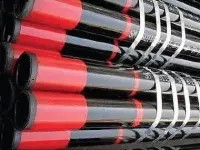
Buried oil pipeline anti-corrosion technology is a key part to ensure the long-term operation of the pipeline system and reduce corrosion damage. The selection and implementation of pipeline anticorrosion technologies depends on a variety of factors, including pipeline materials, underground environment, transportation media, climatic conditions and regulatory requirements. The following are some common anti-corrosion technologies for buried oil pipelines.
-
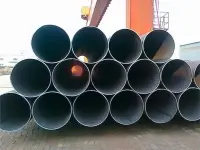
Heat Treatment of LSAW Steel Pipe
-
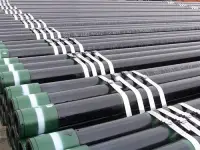
Grade N80 Steel Oil Casing Pipe
-
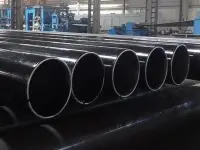
high frequency welded steel pipe advantages, HFW steel pipe advantages
-
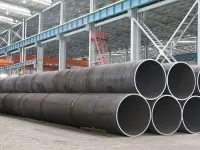
When welded steel pipe is manufactured, a steel plate or strip is bent and subsequently welded into either a circular, traditional pipe shape or a square shape, resulting in a seam on its body. Today, we will introduce in detail GB standards for welded steel pipes.
-
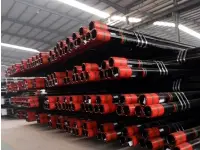
API (American Petroleum Institute) tubing is used in the oil and gas industry for various applications, primarily in the production and transportation of oil and gas from wellheads to processing facilities. These tubes are an integral part of the downhole equipment in oil and gas wells. The manufacturing process and types of API tubing can vary depending on the specific requirements of the well and the conditions it will operate under.
-
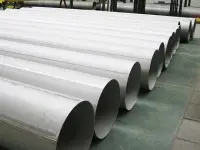
Duplex steel is made up of two distinct microstructures: ferrite and austenite, which makes it more difficult to weld than other types of stainless steel. This article provides a comprehensive guide to welding duplex stainless steel pipe so that you can make the most use of your work.
-
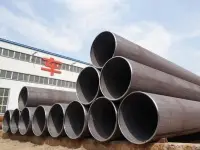
Straight seam steel pipe is a type of welded steel pipe. According to the production process, straight seam steel pipes can be divided into high-frequency straight seam steel pipes and submerged arc welded straight seam steel pipes. Submerged arc welded straight seam steel pipes are divided into UOE, RBE and JCOE steel pipes according to different forming methods.
-
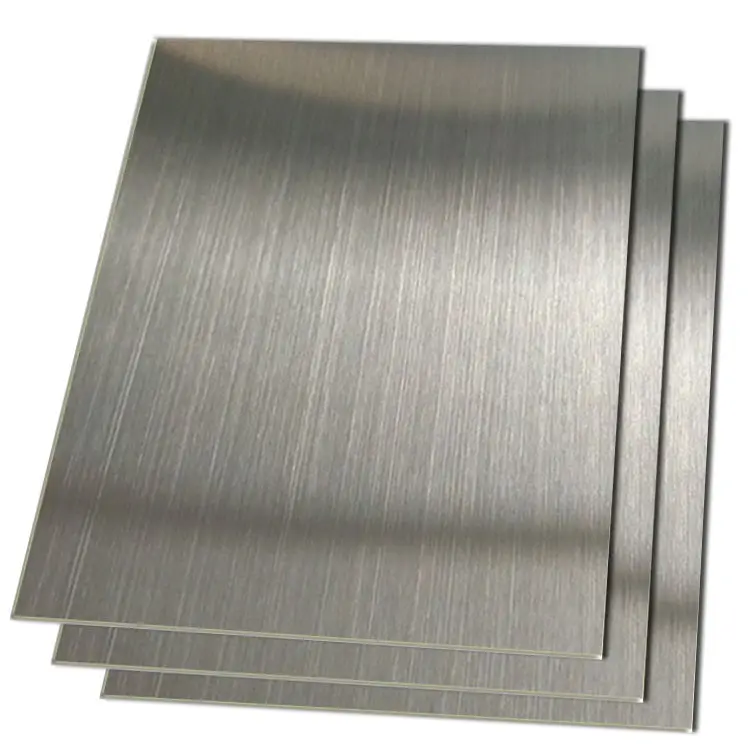
Standard general size of stainless steel plate thickness




















